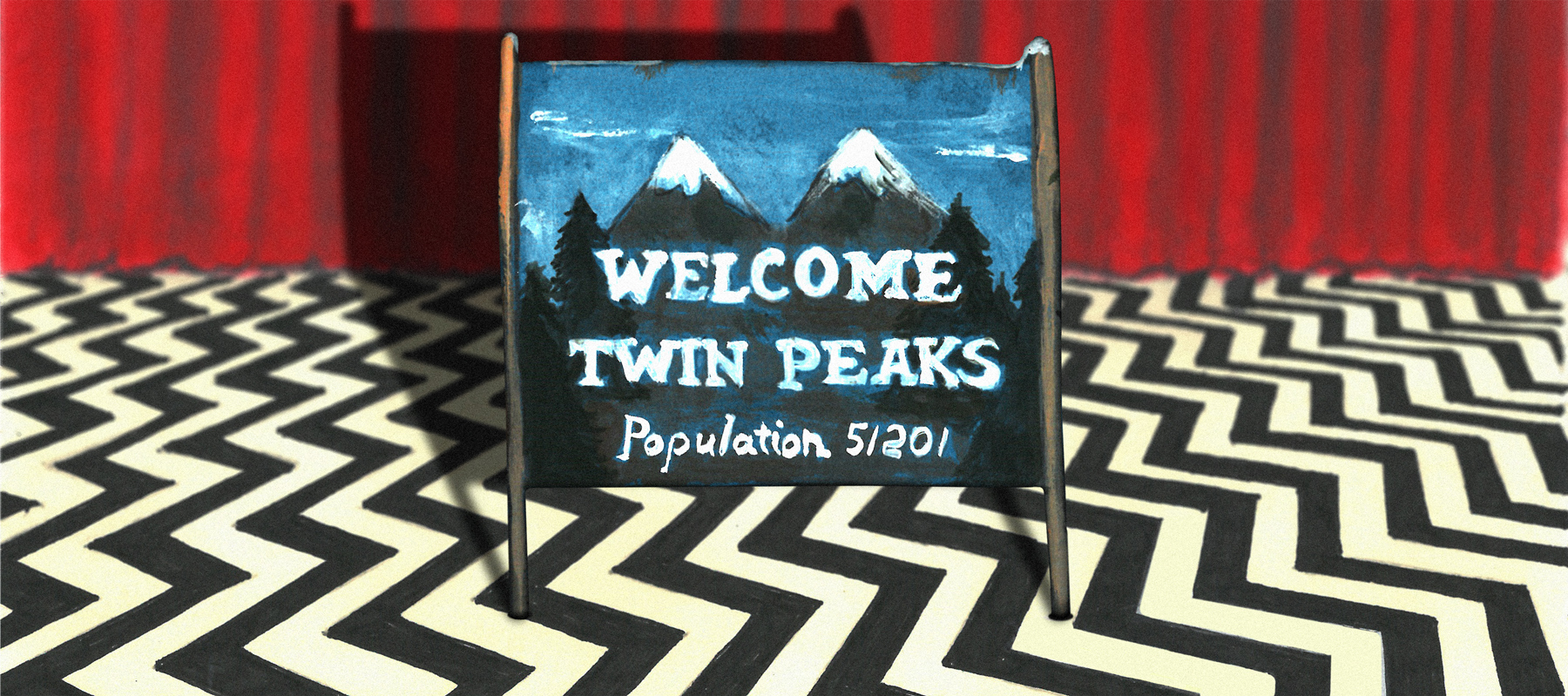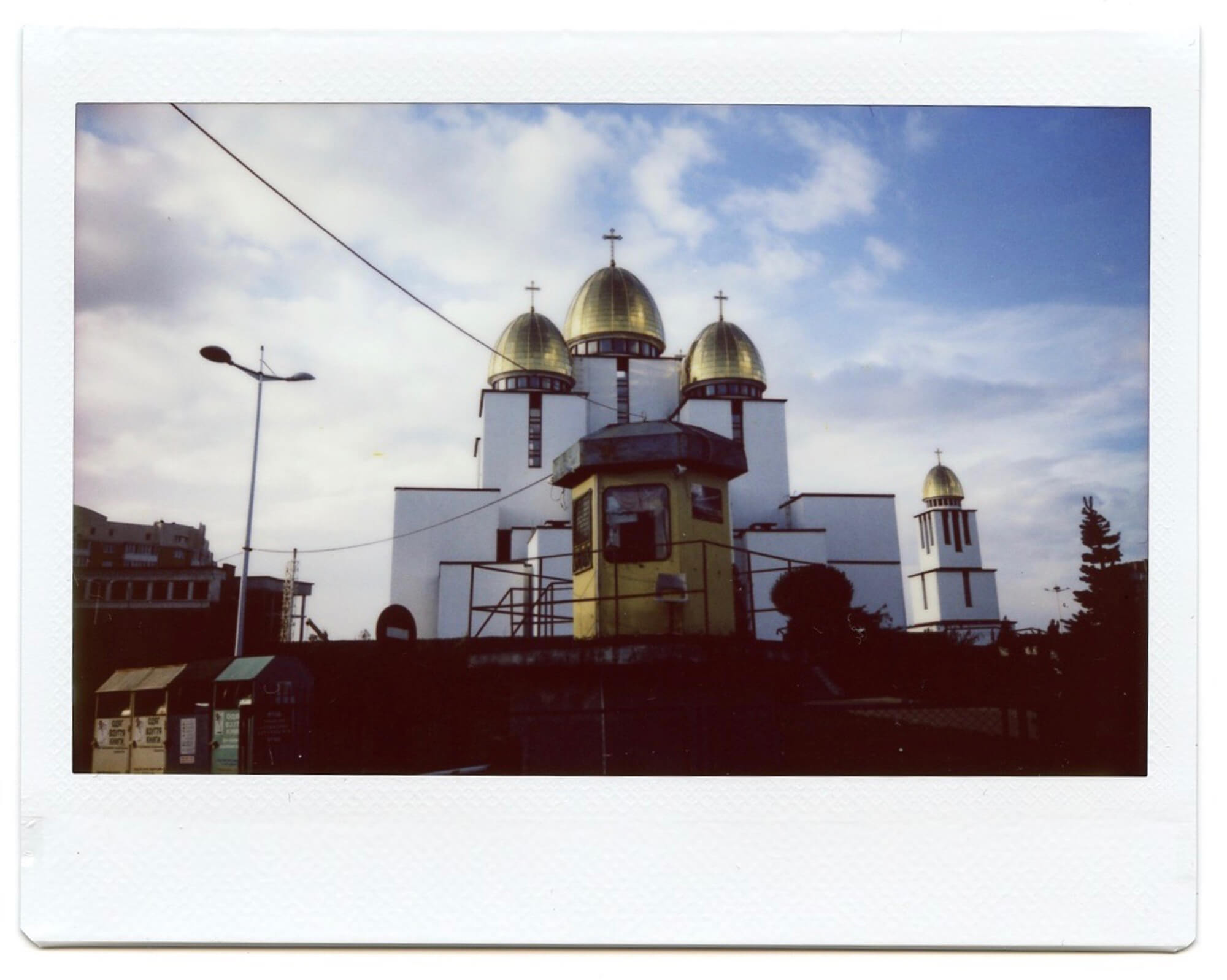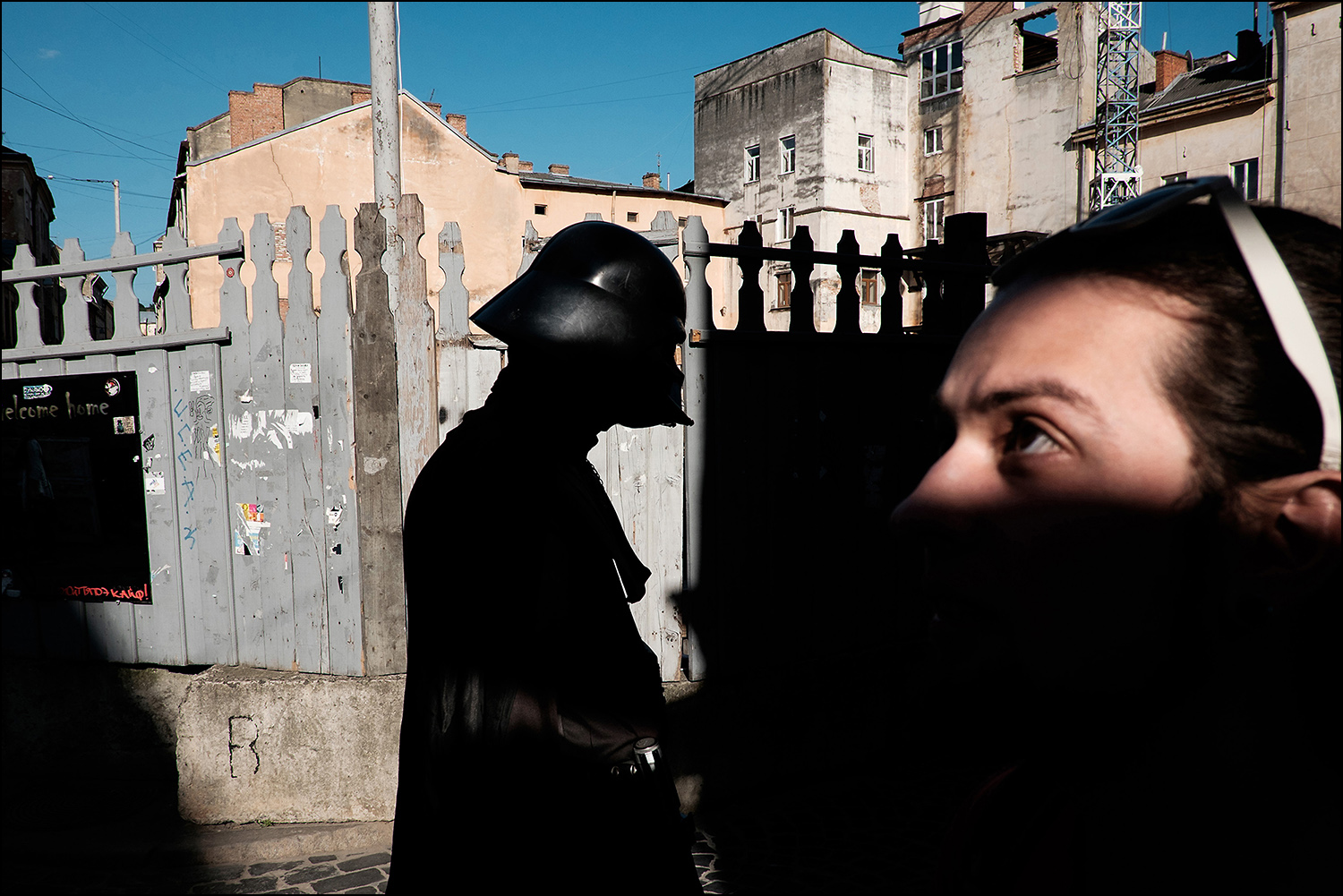
Welcome to Twin Peaks
In 1989, David Lynch and Mark Frost were working on the plot of their first television series. Picking locations for filming, they drove to Snoqualmie, Washington state, and from there to North Bend and Fall City. Along the way, David marked the locations that later appeared in the iconic ’90s show.
In 2007, the Google Maps service began working on the “Street View” extension. The first pictures were those of capitals and famous places worldwide. In 2008, the Google car drove through the state of Washington, covering the locations from Lynch’s series. Since then, thousands of people eager to see and photograph these locations have come to Twin Peaks (i.e., Snoqualmie and neighboring towns). Many such pictures are now stored on Google Maps. Thanks to this, the photographer from Lviv Taras Bychko was also able to “go on a trip” to Twin Peaks.

A photographer from Lviv, Ukraine. Member of the Little Box Collective (international collective of photographers) and the Ukrainian Street Photography Group co-founder. Finalist of international competitions: Leica Street Photo, Miami Street Photo Festival, London Photo Festival, and Documentary Family Awards.
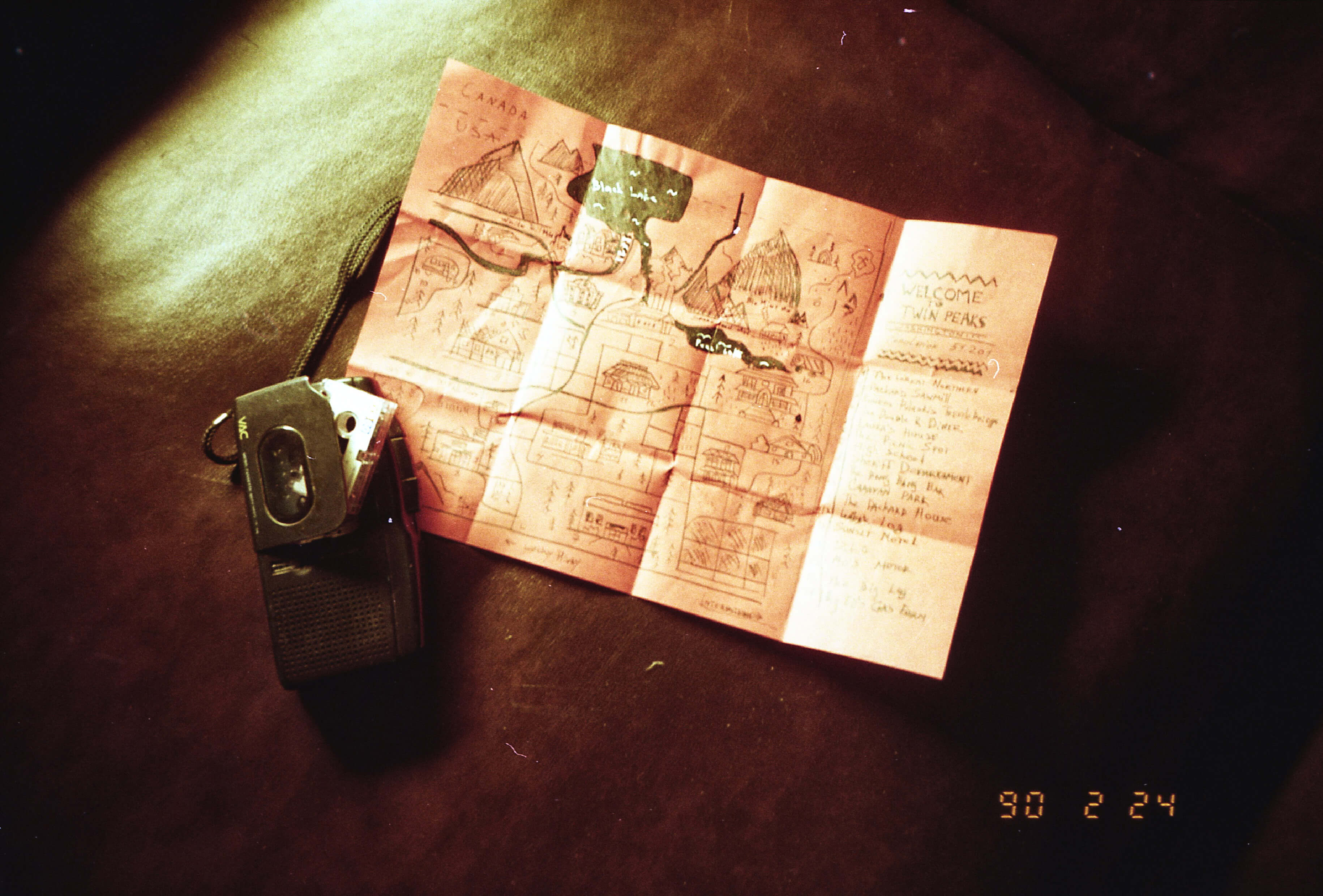
– On February 24, 1990, FBI Special Agent Dale Cooper arrived in Twin Peaks, a small town on the Canadian border, on a working assignment. Dale had a habit of keeping an audio journal and filming what he saw. Above is the map with which he navigated the town. Below are his notes in snapshot format. In 2021, I got my hands on these legendary photo diaries, and now you can see them too.
Of course, I invented this backstory, but the Welcome to Twin Peaks project itself was born out of the idea that maybe instant photography is not about truth after all.
The Welcome to Twin Peaks project was born out of the idea that maybe instant photography isn’t about truth after all.
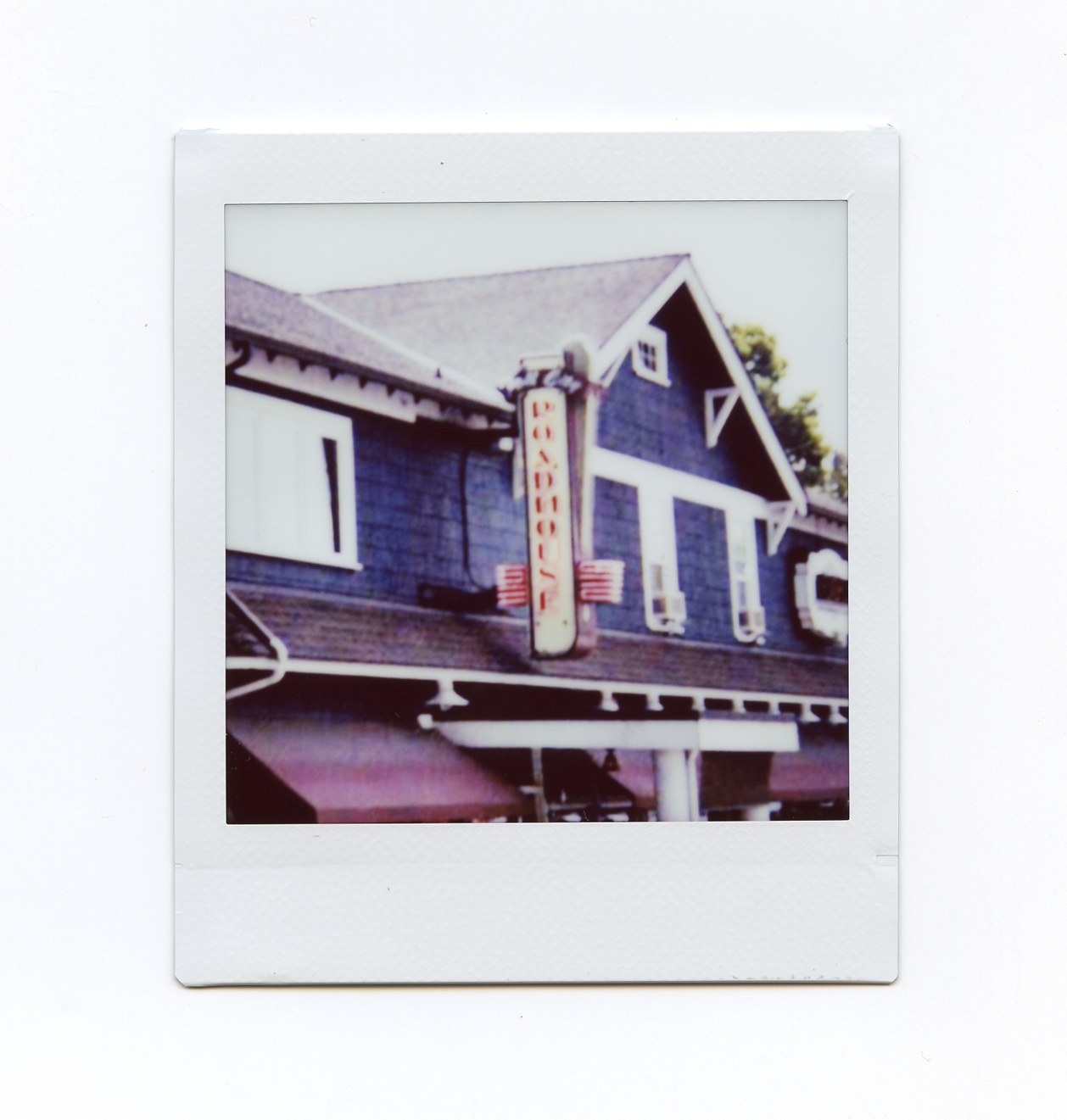
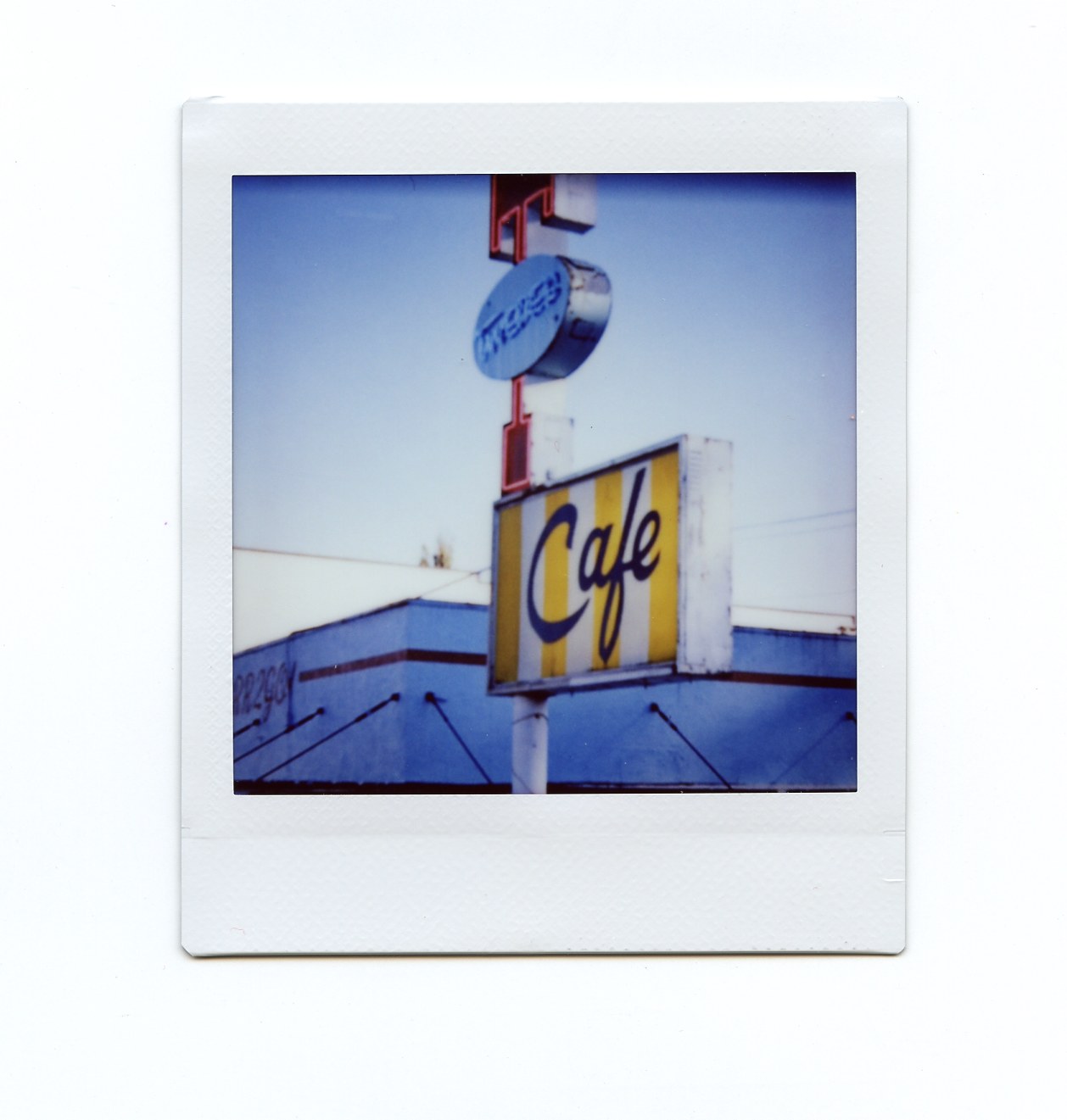
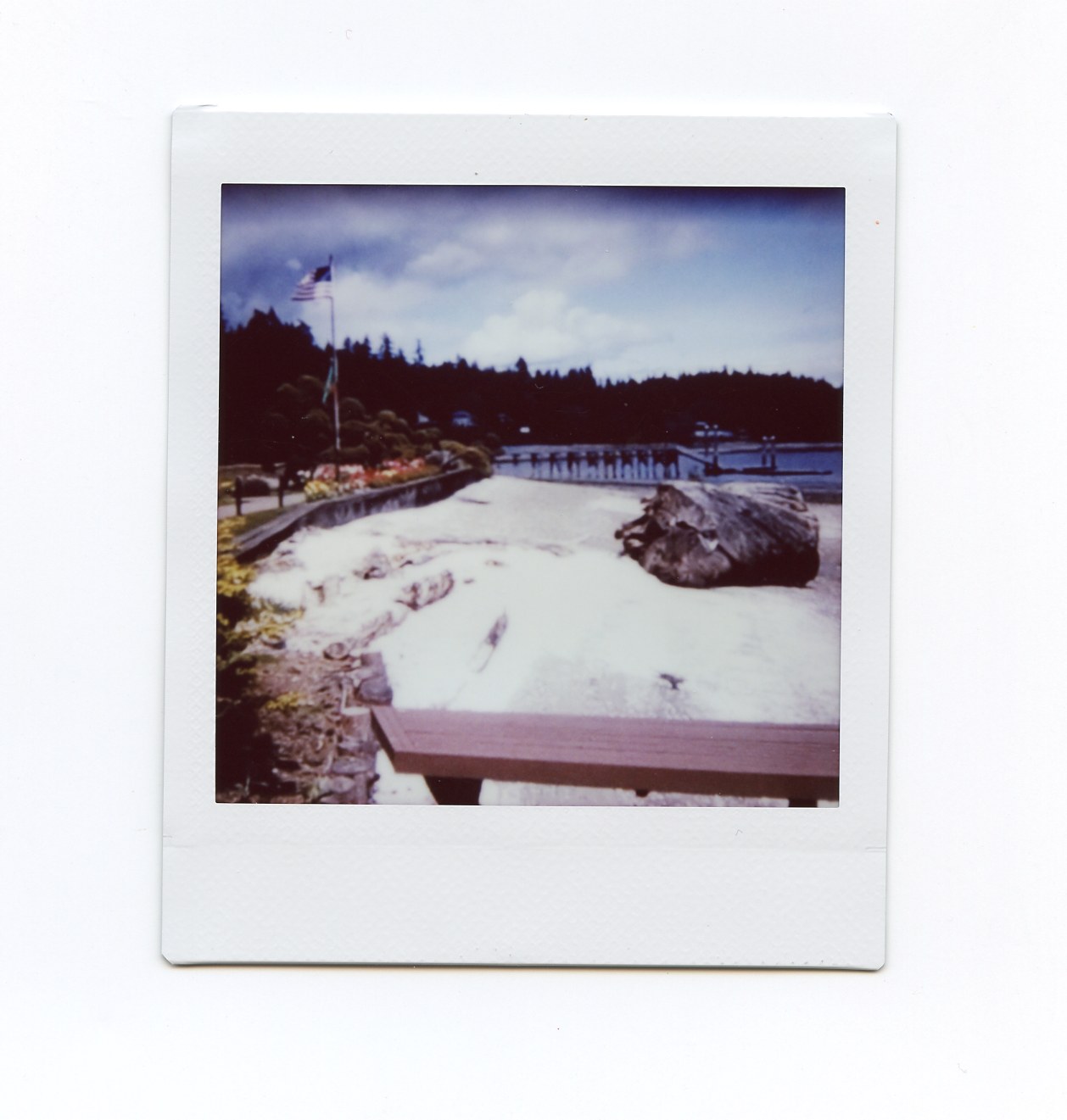


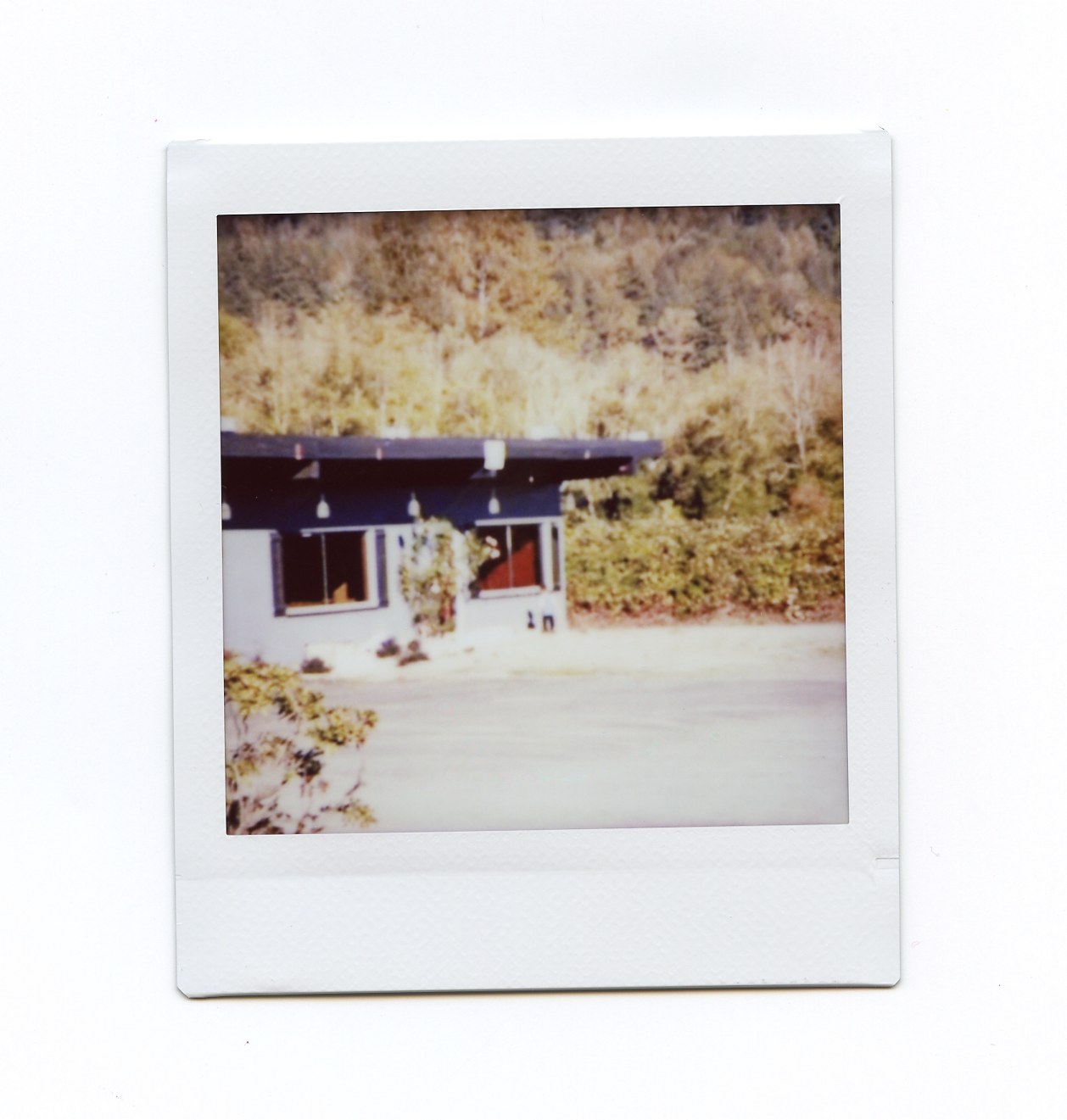
The emergence of the Polaroid SX-70 Land in 1972 can be considered an enormous breakthrough in such photography. It was the first automatic snapshot camera: all you had to do was load the cassette, point the camera at the subject and press the shutter. In a few seconds, you had an image. The SX-70 was fairly modestly sized and could be taken for a walk, to a match, or a concert.
For me, this kind of photography is the most accurate description of the so-called “straight photography” based on the surrounding reality representation. But the more I asked myself the question, “Is this about truth?” the sharper was my desire to show the opposite. Thinking about it, I “took a trip” to Twin Peaks, where I shot everything with a snapshot camera. Did it make my project more truthful?
Twin Peaks changed the history of television, and Lynch turned the genre of soap opera upside down. It’s a brilliant work, one of my favorites. However, I didn’t follow the markers of the whole series: you can shoot this while being there, on the spot, and then the project would not have my handwriting. Also, I didn’t aim to go into the details of the plot, so my images look detached.
Twin Peaks changed the history of television, and Lynch turned the genre of soap opera upside down.
It was 2021, and while staying in Lviv, I traveled around Twin Peaks via Google Maps. I imagined it through the eyes of Agent Dale Cooper: this is his first visit to the city, his first impression, the first episode of the first season. From there on, the mood and entourage of the series change a lot; it becomes a different story. Taras Bychko’s vision conveys Dale Cooper’s vision, created by David Lynch. It is embodied through random tourists and Google cars. These are snapshots whose moment is at point N in the range of about 33 years.
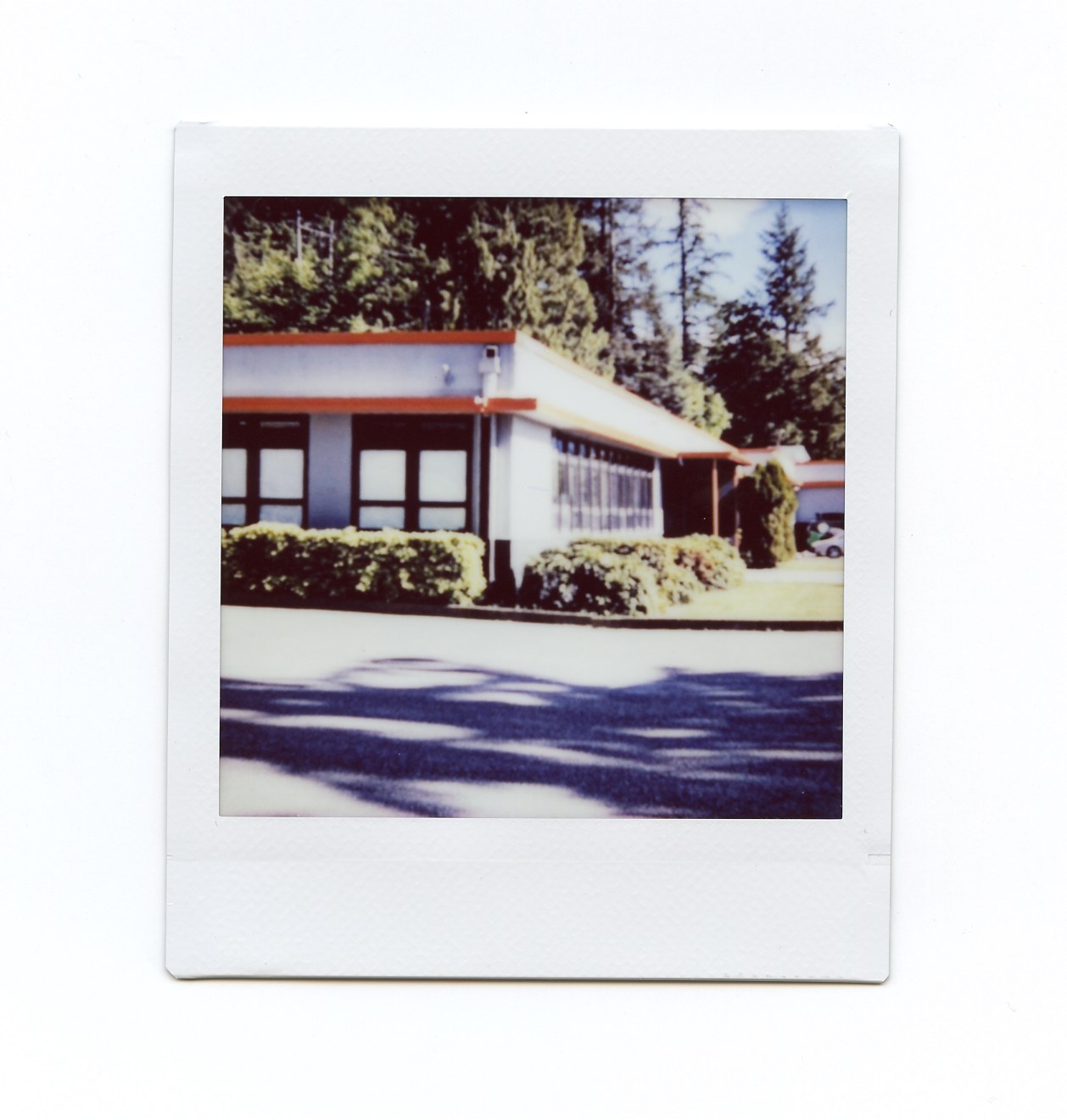
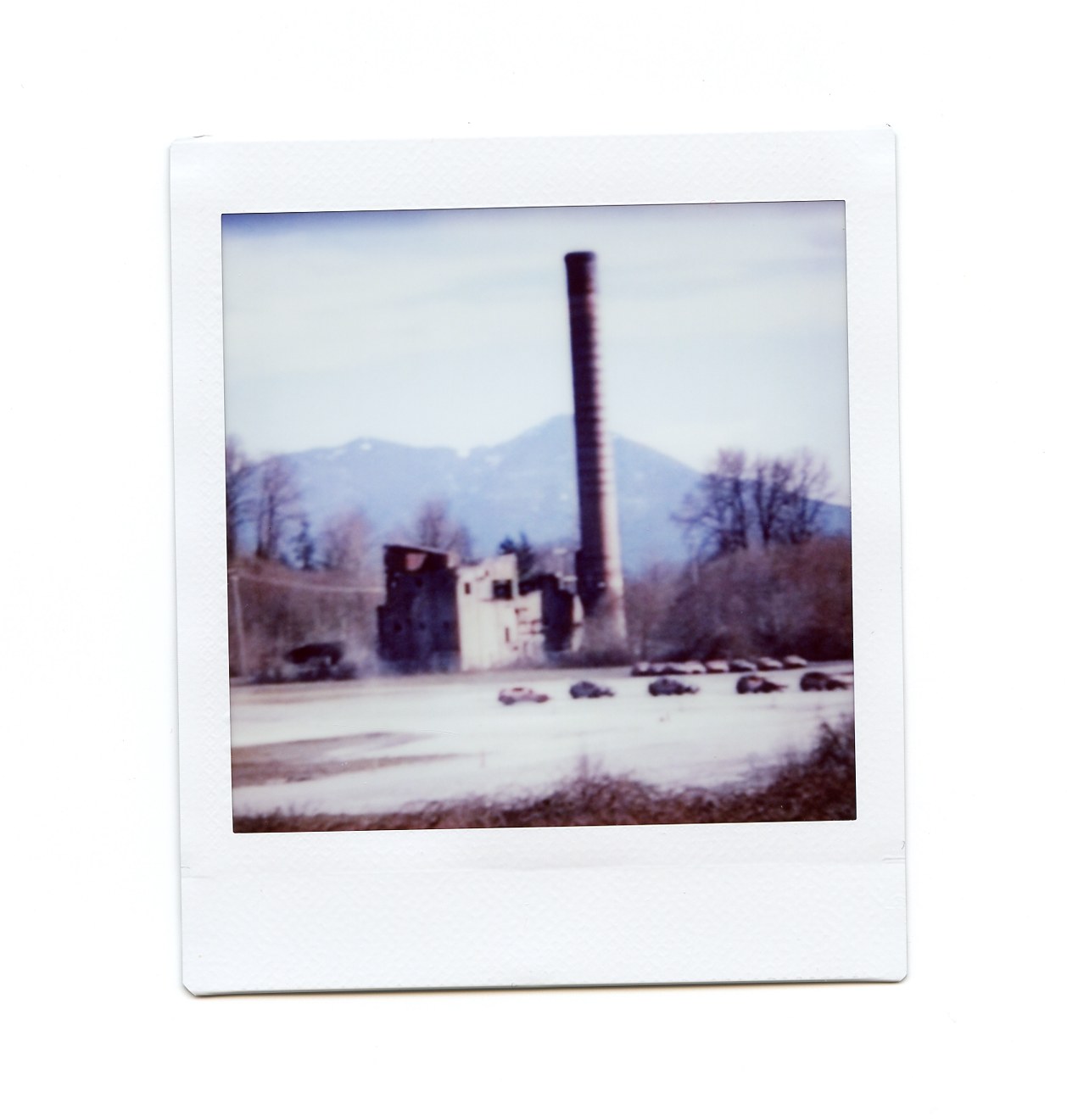
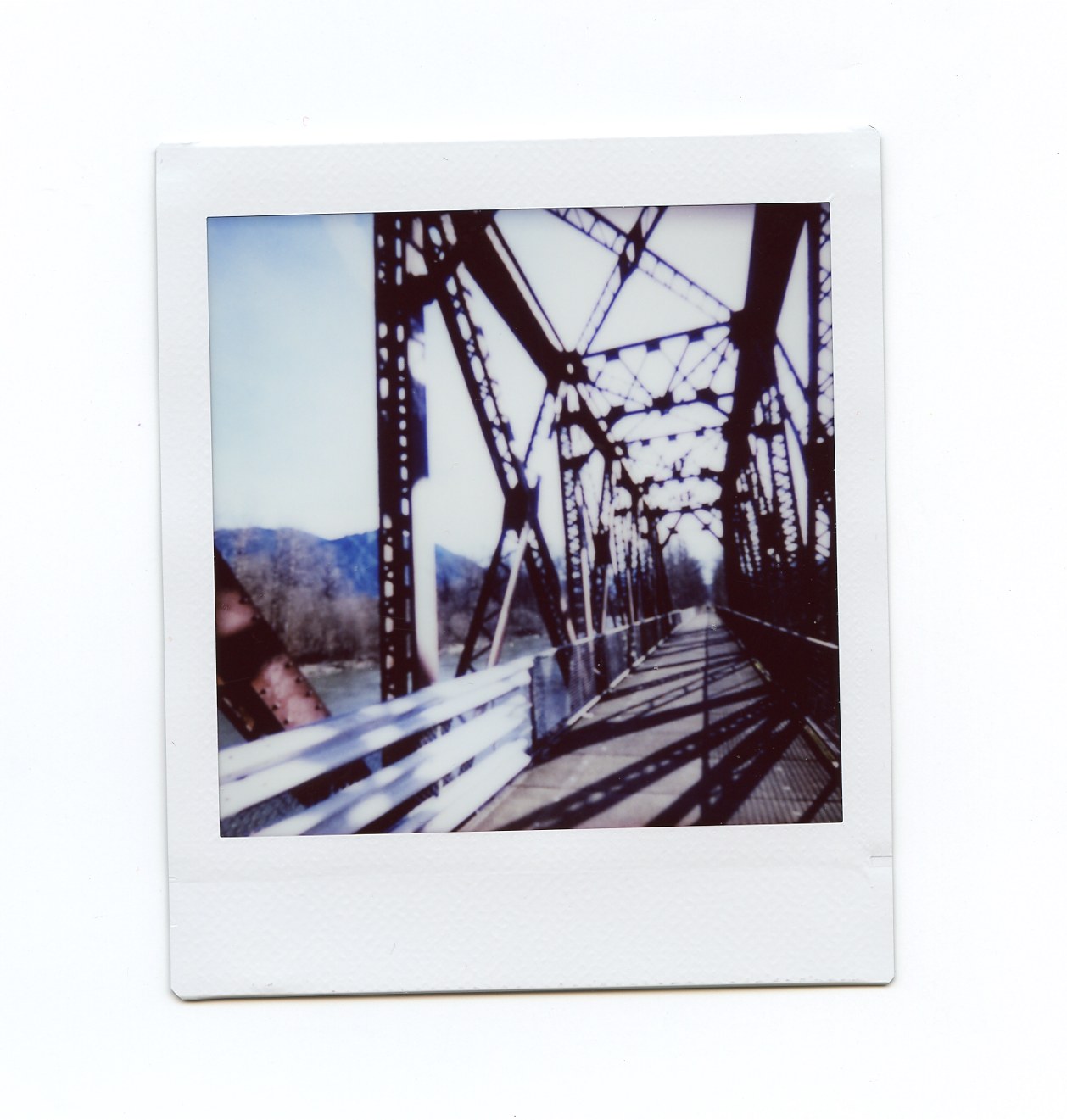
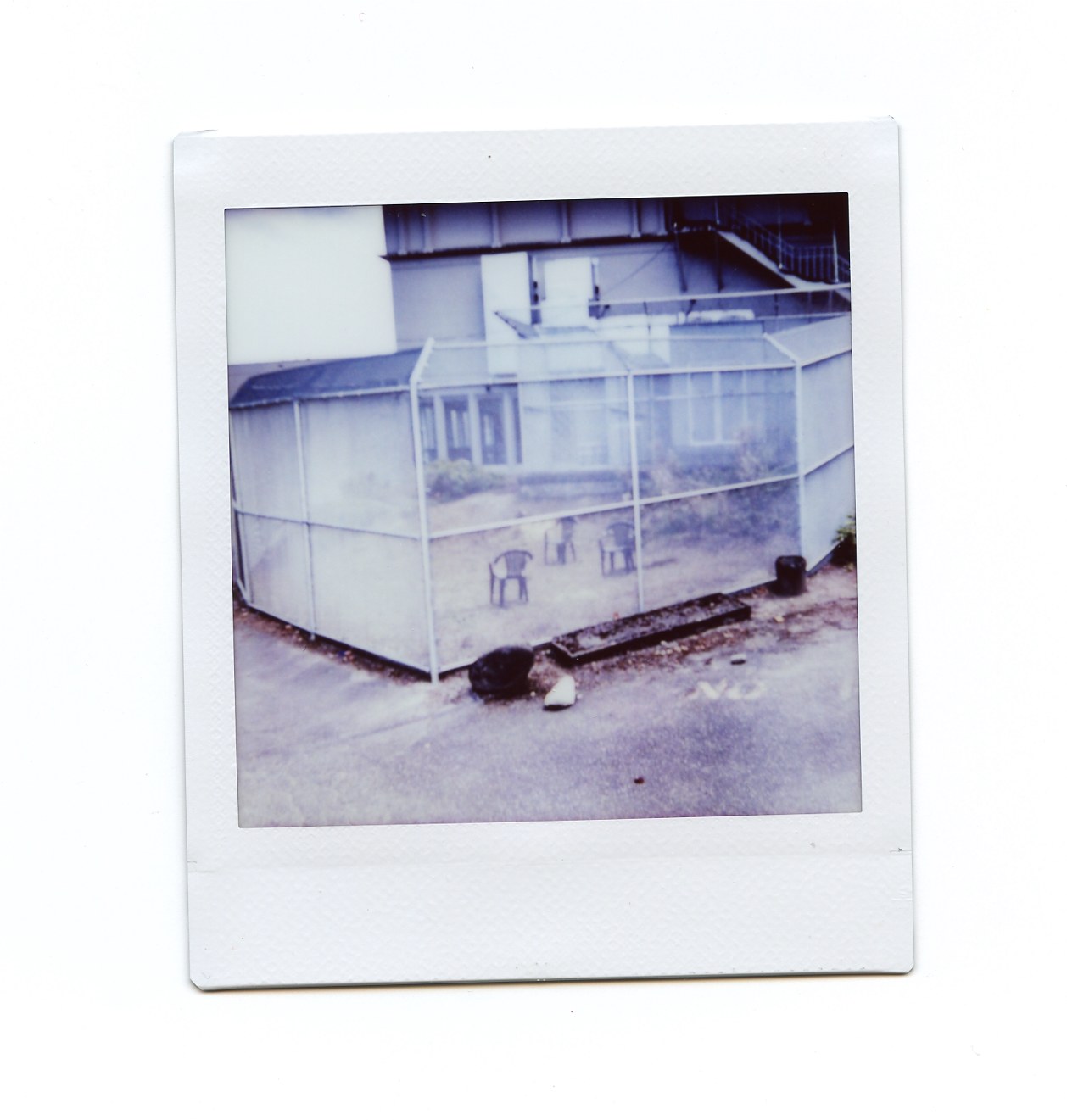
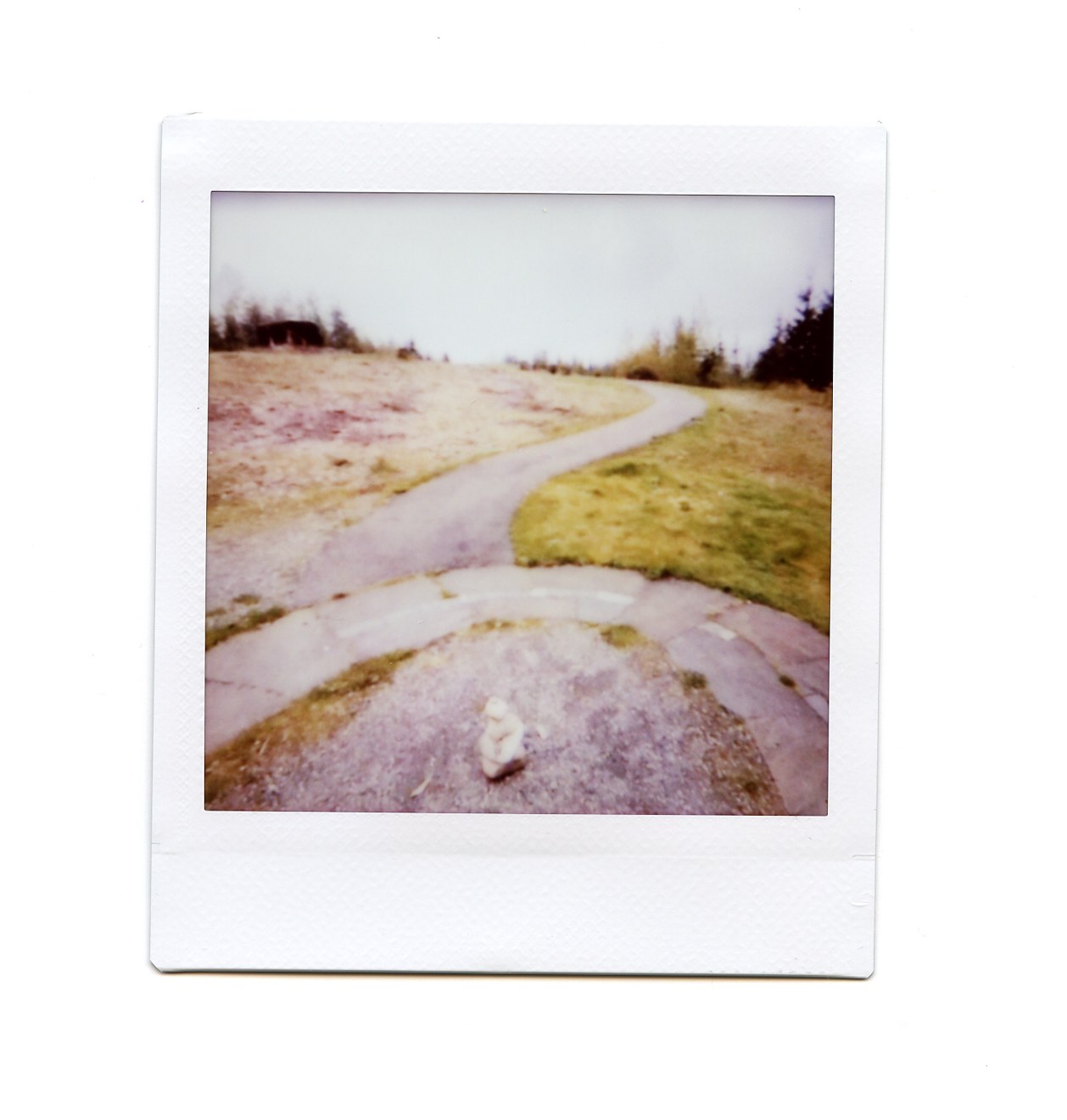
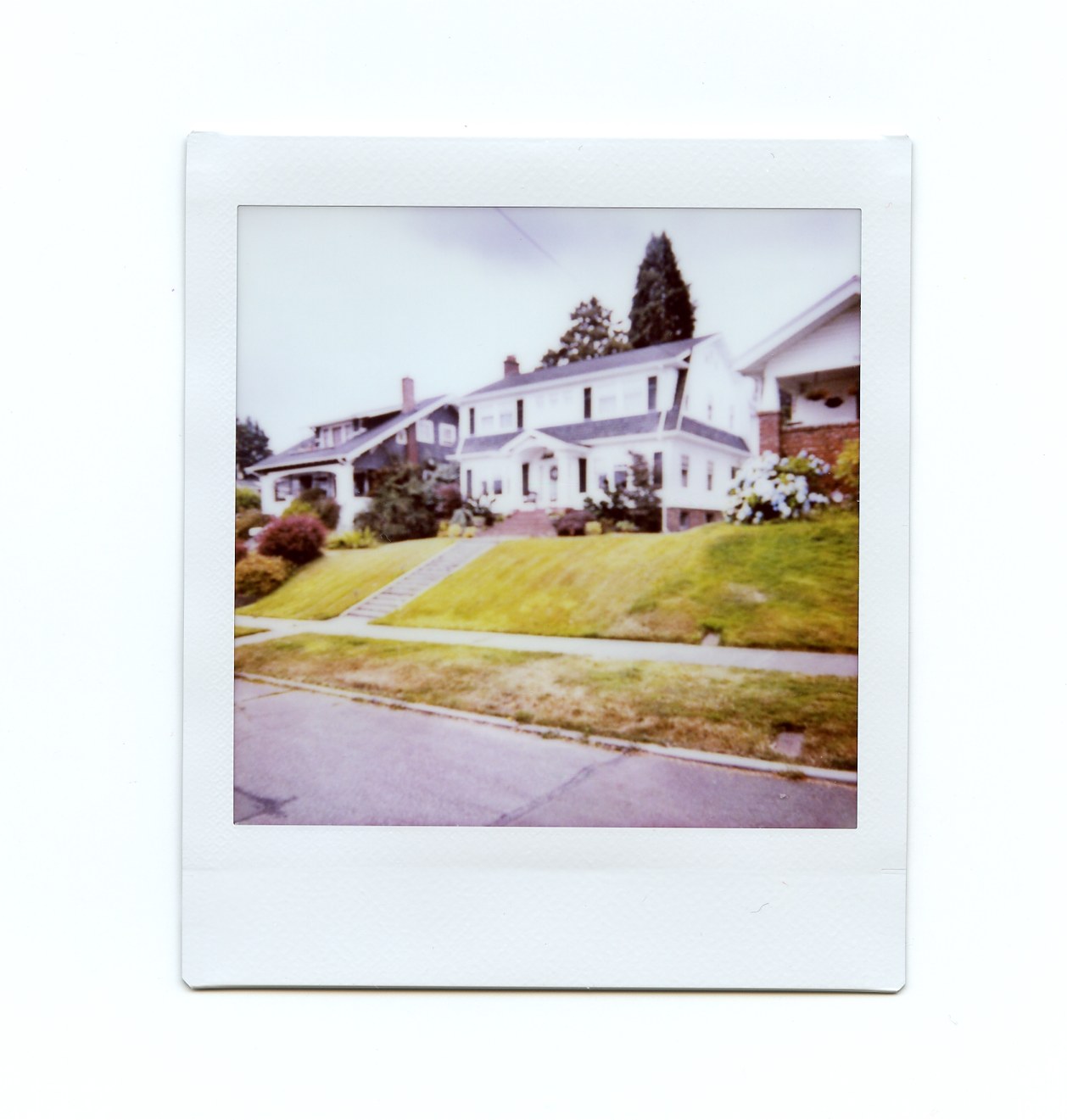


These are the places from which the story was made up or the places created from the story. Some of these places existed independently of Twin Peaks, while others became a reality only by virtue of the series. The movie is not real; the sites are not real; Google maps are only references to reality. Dale Cooper’s map is a reference to something that was never real. Dale Cooper himself never existed.
Dale Cooper’s map is a reference to something that was never real.
To me, instant photography is only a symbol of truth. After all, when we shoot with this “one-step photographic process,” we are not always directly participating in events or visiting places. So does truth exist as such? Does reality exist? Who orchestrated the vision we have? There are no answers.



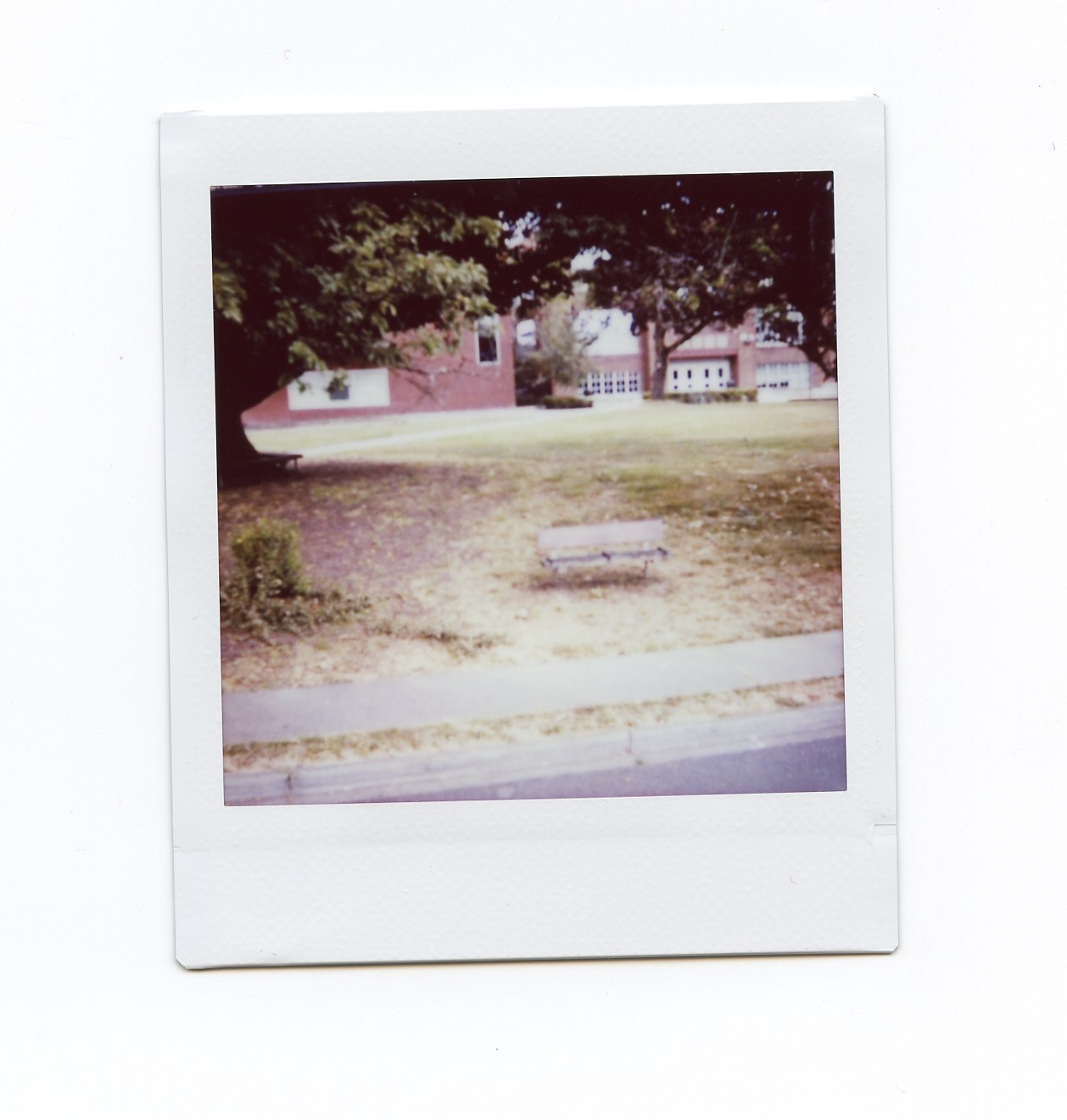

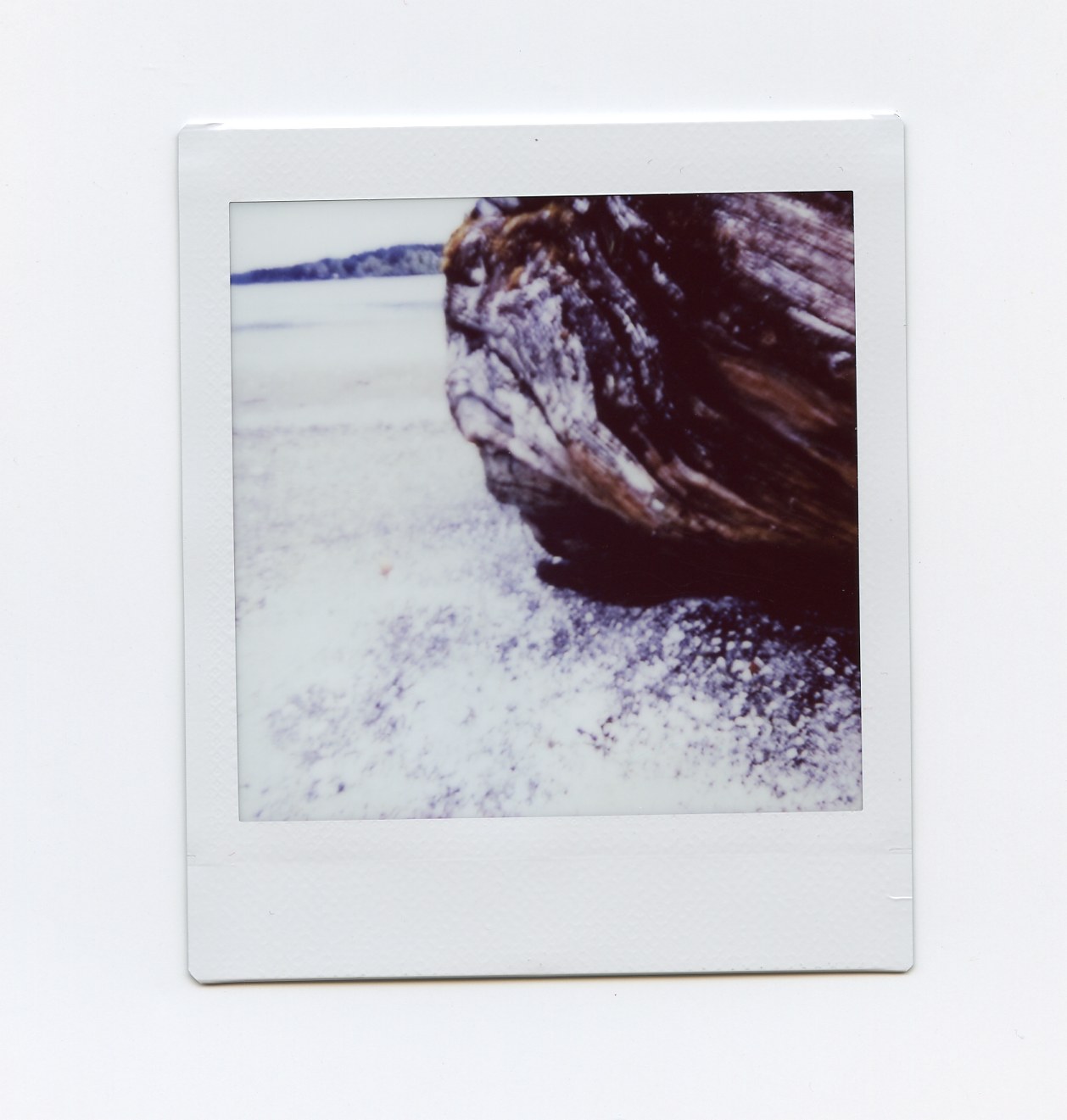

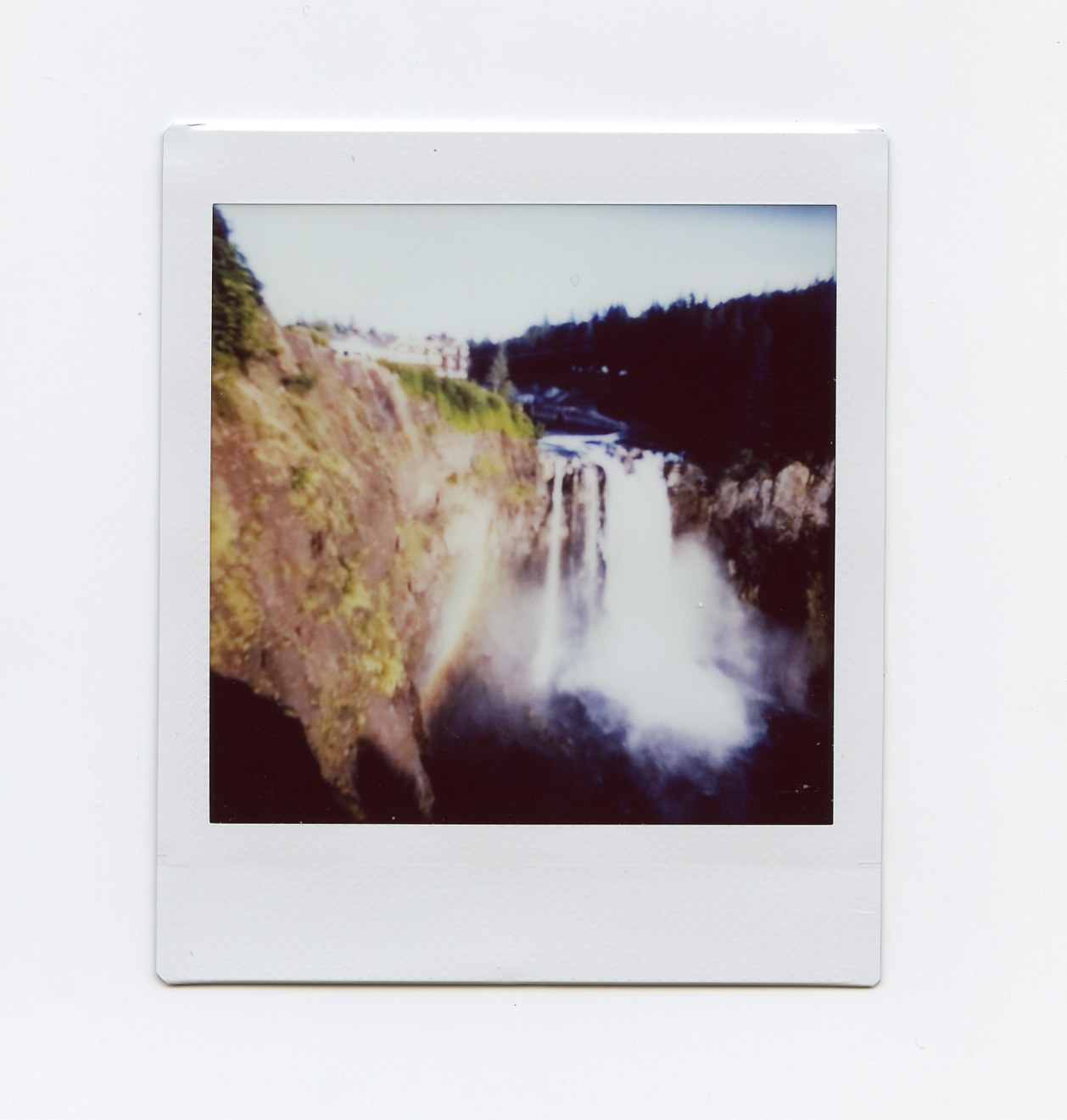
Translated by Lubov Borshevsky
New and best
